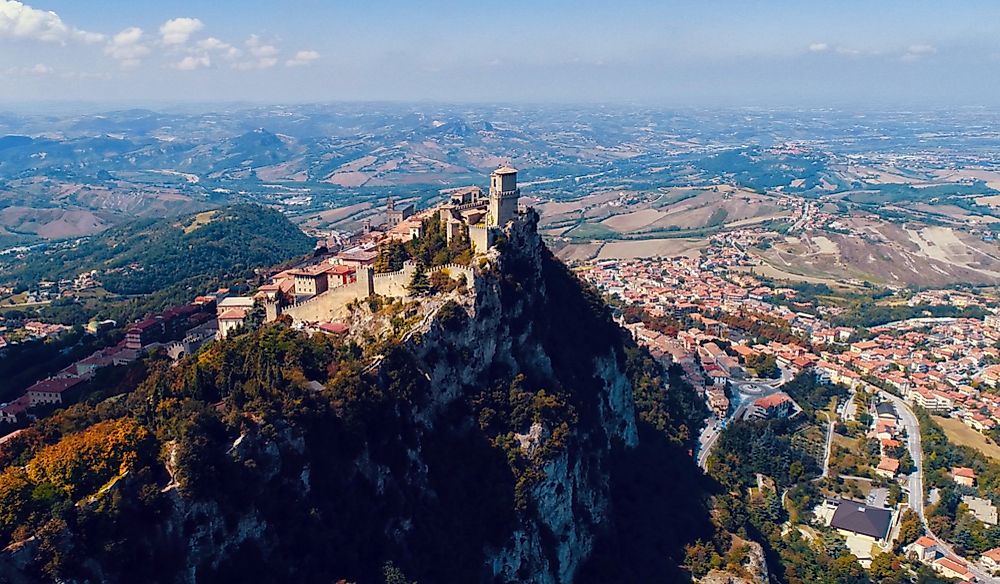What Is A State?

A state is a politically organized territory ruled by a centralized government. A particular state covers a specified geographical sovereign territory. Independent organs are mandated to perform various functions in a given state. The organs are the executive, the judiciary, and the legislature. For a state to meet its obligations it has the powers to levy taxes on citizens. The use of resources within the geographical coverage is governed by the state which can decide to redistribute them.
The size of a state varies. A state can be as enormous as China or as tiny as Andorra. Some states like Poland have dissolved at one point in history and have been re-established. Other states such as South Sudan were born out of subdivision of an existing bigger state after a long period of conflict. Czech and Slovakia are examples of states created out of a decision to split Czechoslovakia peacefully. A state can have a unique status due to a small population or a tiny land area. Examples of microstates are Monaco, Vatican City, San Marino. States can fail in their mandates like the internal strife and civil war that led to the collapse of Somali.
History of States
Historically people lived freely in a stateless community. States emerged as people tried to centralize powers in a lasting manner. The approach led to the emergence of social classes and centralization. Writing and agriculture were the first activities that led to the formation of states. Ancient states were created in the Mesopotamia, Andes, India, Mesoamerica, China, and the Fertile Crescent. The growth and expansion of states was enhanced by conquering other territories.
Characteristics of a State
International law recognizes a state as a legal person. Such a person should conform to the description of the Montevideo Convention of 1933. Article one of the convention states that for a region to qualify as a state it should exhibit four qualifications namely: defined territory, a permanent population, legal government, and contractual capacity to sign contracts with other states.
Attaining the Status of a State
For a new territory to attain the status of a state, it should be recognized by the existing states. It can be remembered that during the Cold War era, some states were not recognized if they aligned themselves politically to the enemy bloc. The ultimate determination of whether a state exists or not is recognition of the said state by the United Nations. Such an application must be supported by the security council and voted in by at least two-thirds of the existing member states.
The State versus the Government
The government is the ruling authority in a state at a particular time. The state exercises its authority through the government. Different governments can successively rule a state. People belong to a particular state by virtue of living within its borders or by legislation while it is optional to be affiliation to a particular political government.
Experimental States
An experimental state challenges the concept of a natural state. Such a state can be formed on a minor island, in cyberspace, or on a ship in the sea. An experimental state can offer citizenship, provide a venue for trade, and can create a feeling of self-independence. Some are created as an arena for evading tax. Sealand, Cyber Yugoslavia, and Freedom Ship are examples of experimental states.











